Throughout development and into adulthood, Wnt proteins ensure embryonic patterning, cellular proliferation, cellular identity, and organization of tissues.
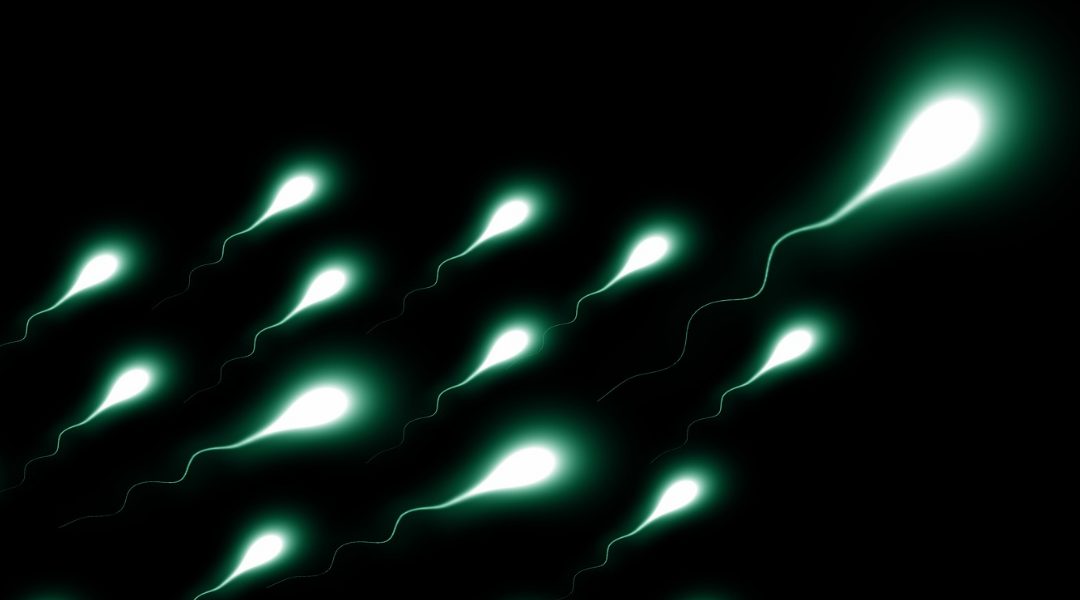

Throughout development and into adulthood, Wnt proteins ensure embryonic patterning, cellular proliferation, cellular identity, and organization of tissues.
![New Ways to Structure Clinically Approved Hydrogels [Video]](https://www.advancedsciencenews.com/wp-content/uploads/2018/03/adma201705013_ASN_image.jpg)
Clinically approved hydrogels can be structured across multiple length scales to generate materials with a variety of new physical properties.
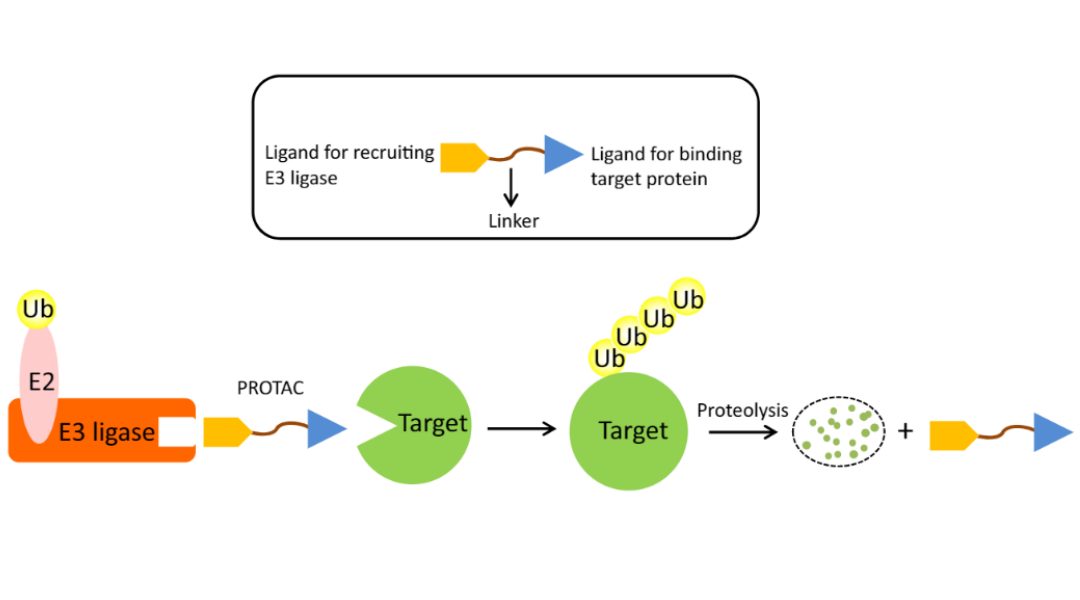
PROTACs (proteolysis-targeting chimeric molecules): A review and discussion of the technique and its application to therapies and drug discovery.

Multipartite designer nanoparticles are formed from the phage lambda decoration protein and can be used in a variety of theranostic applications.

Adding a layer of biodegradable paper over a photocatalyst is found to increase the activity of the catalyst significantly.
![Low-Power, High-Speed Analog Computing [Video]](https://www.advancedsciencenews.com/wp-content/uploads/2018/03/adma201705914_ASN_image-e1521125299316.png)
Researchers from the University of Massachusetts and Hewlett Packard Labs present a memristor platform for analog computations and forecast a device performance at least 16 times greater than purely digital solutions.
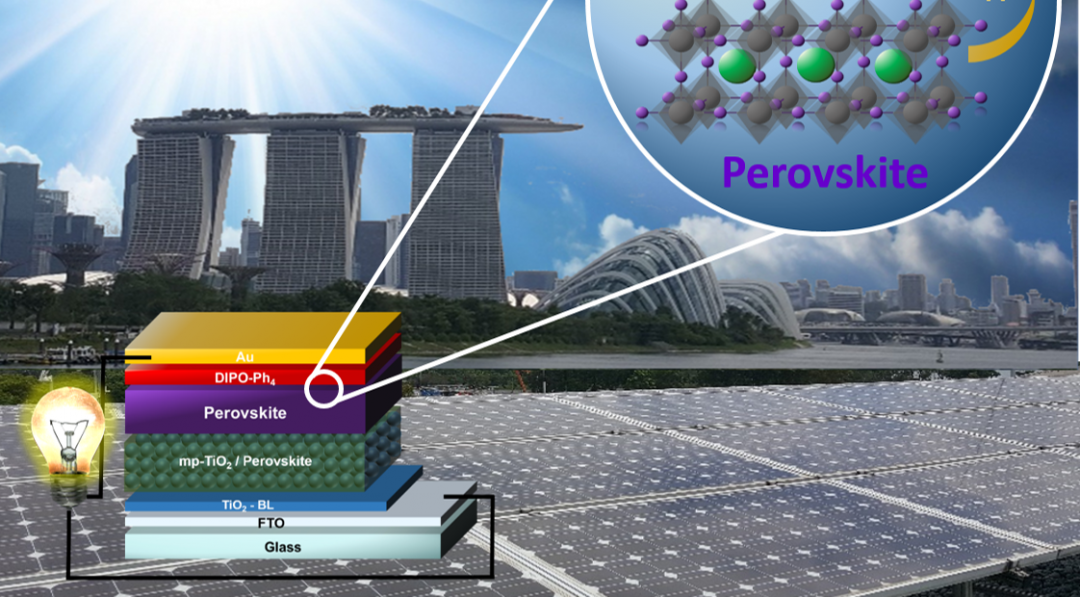
Prof. Subodh Mhaisalkar of Nanyang Technological University, Singapore discusses the future of perovskite optoelectronics in an interview with the editors of Energy Technology.
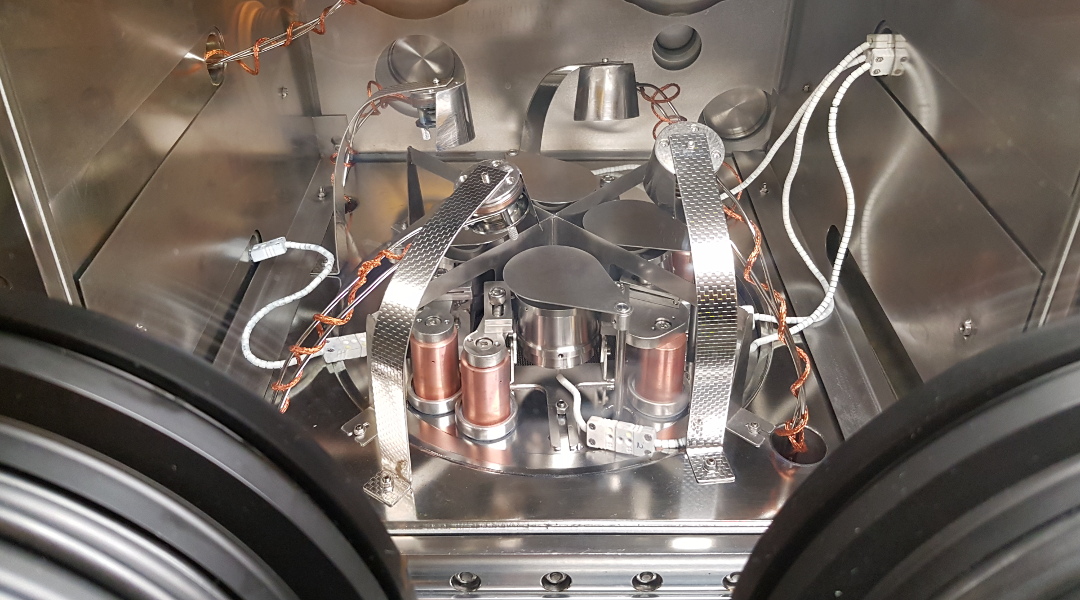
An alternative to multi-stage solution-processing techniques for fabricating mixed-cation/mixed-halide perovskites is introduced.
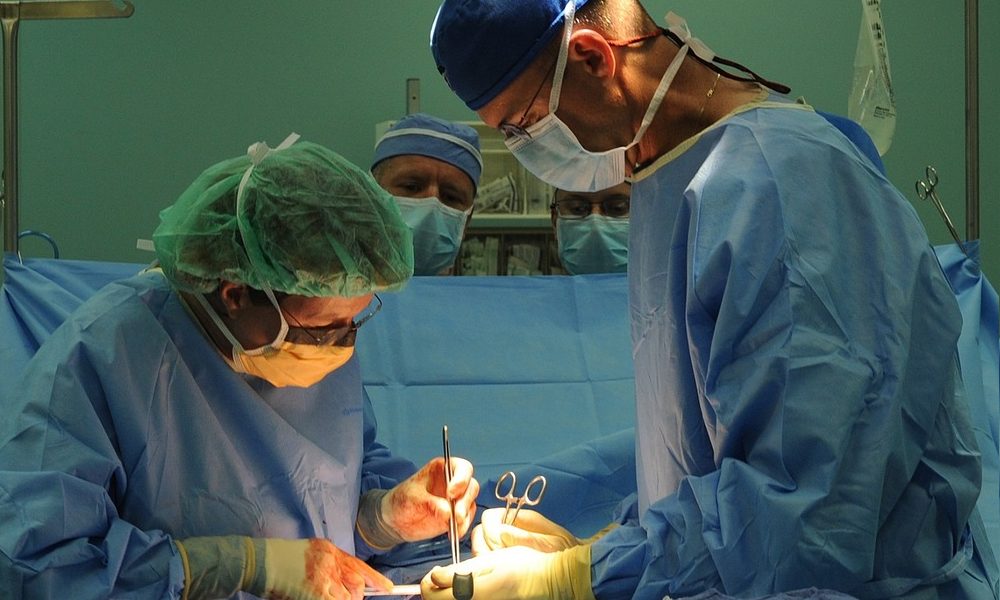
Research into how to better visualize tumor cells during surgery is underway, with a hope of limiting the occurrence of positive surgical margins.

In their review in BioEssays, Beata Ujvari and colleagues review how the transmissible cancer termed ‘devil facial tumor disease’ affects life history adaptations in Tasmanian devils.